The palm cockatoo, also known as the goliath cockatoo or great black cockatoo, is a large smoky-grey or black parrot of the cockatoo family native to New Guinea, Aru Islands, and Cape York Peninsula. It has a very large black beak and prominent red cheek patches.They are sweet, loving and playful. They tend to have a very docile demeanor and do well with more than one person. It is a brilliant and social bird, so if you are persistent, you can get this bird to follow your commands. You can teach this species to perform many simple tricks with time and positive reinforcement.
This is one of the very few bird species that will use tools. In their natural habitat, male birds will use a large stick to “drum” against a hollow tree before choosing where to build a nest. This drumming can be heard for up to 100 yards. When the stick breaks, it becomes part of the new nest. This behavior puzzles many scientists who study birds. Some scientists believe the females listen to the drumming, then decide if it’s a suitable nesting spot. Other scientists believe it is the sign of a male marking its territory.
Diet: In the wild, black palm cockatoos often feed in the early morning hours. Its native diet is palm fruit, nuts from the kanari tree (Java almond), stringy eucalyptus tree bark, and tree seeds. Their strong beak can open the toughest nuts.
Like all cockatoos, black palm cockatoos can easily become overweight, so owners should carefully supervise their fat intake. Half of its menu should consist of high-quality pellets, and the other half should be fresh fruit and veggies Occasionally feed nuts in the shell; this will exercise their beak. Keep nuts to a minimum, though, as most are high in fat.
Start by offering your bird 1/3 cup of pellets and 1/3 cup of fruits and vegetables daily. Increase the amount as needed. Never feed chocolate or avocado; these foods are toxic to birds.


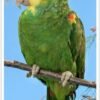
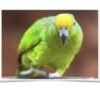


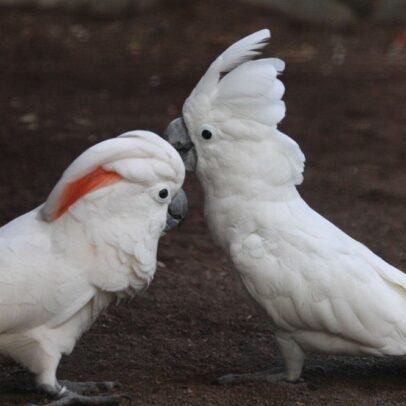

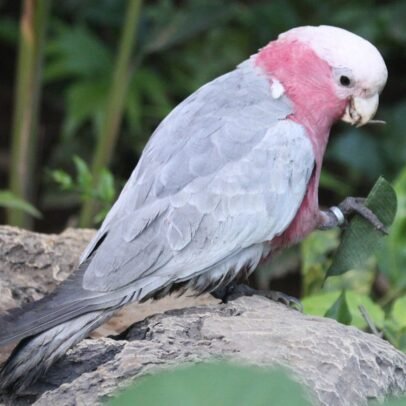




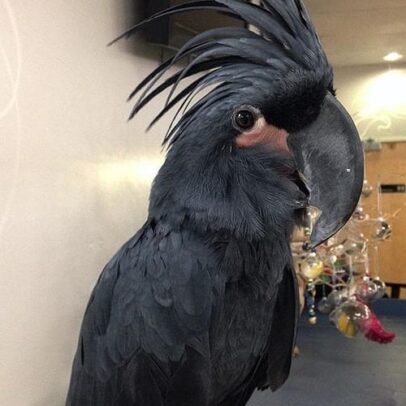
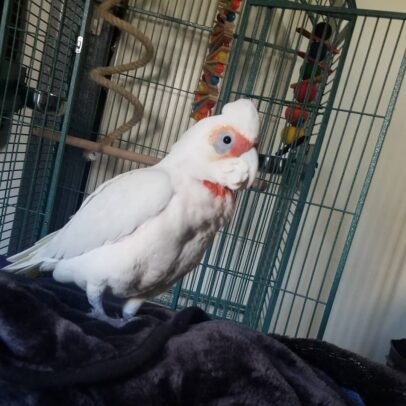


Reviews
There are no reviews yet.